Turbo trainer vs smart bike: Which should you buy?
Two different ways to ride indoors but which one makes the most sense for you?
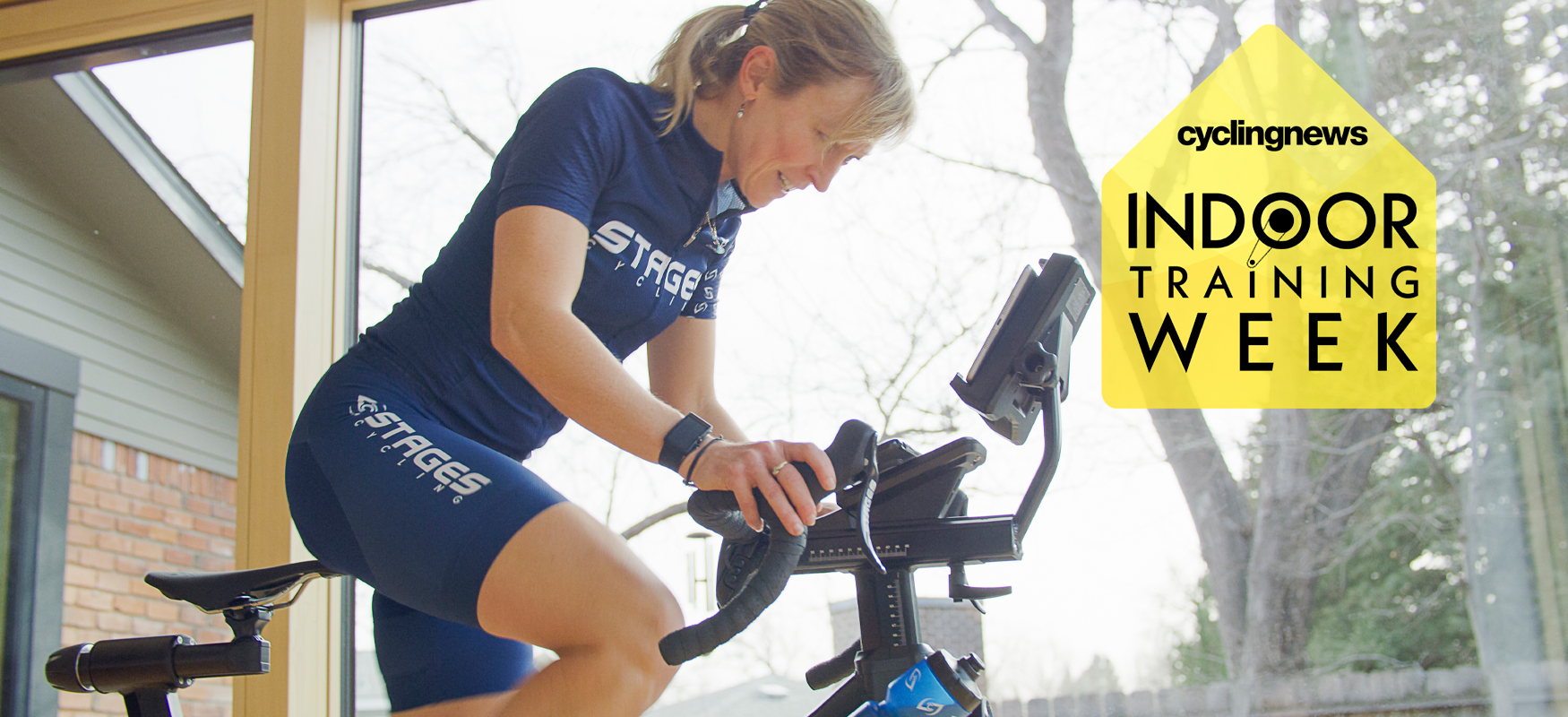
At one time riding indoors meant rollers and a watch. Things progressed and wheel-on turbo trainers were the standard for a long time. For a lot of people this was the entry point into indoor riding. The road feel was decent but the whole experience still required intense commitment. Doing intervals is never easy, but staring at only power targets while doing it is even more difficult.
Your indoor cycling can either be goal-focused or exploratory. There's a whole range of options among the best indoor cycling apps that offer virtual, and sometimes exotic destinations, like Bkool, Rouvy, or Zwift. Or, you can use apps like TrainerRoad and the newly released Wahoo Systm to plan out your entire year so that you can meet your goals and crush your events.
Underpinning all the software advancements is the hardware that makes it all possible. Wheel-on turbo trainers and rollers are still out there and still advancing. If you want the most cutting-edge hardware though, that means making a decision between the best smart trainers (direct-drive and smart) and smart bikes (a sub-genre of the best exercise bikes, with smart features).
Making this decision isn't always easy, so here we're taking a deep dive into the ins and outs of both options, to help you figure out which is right for you.
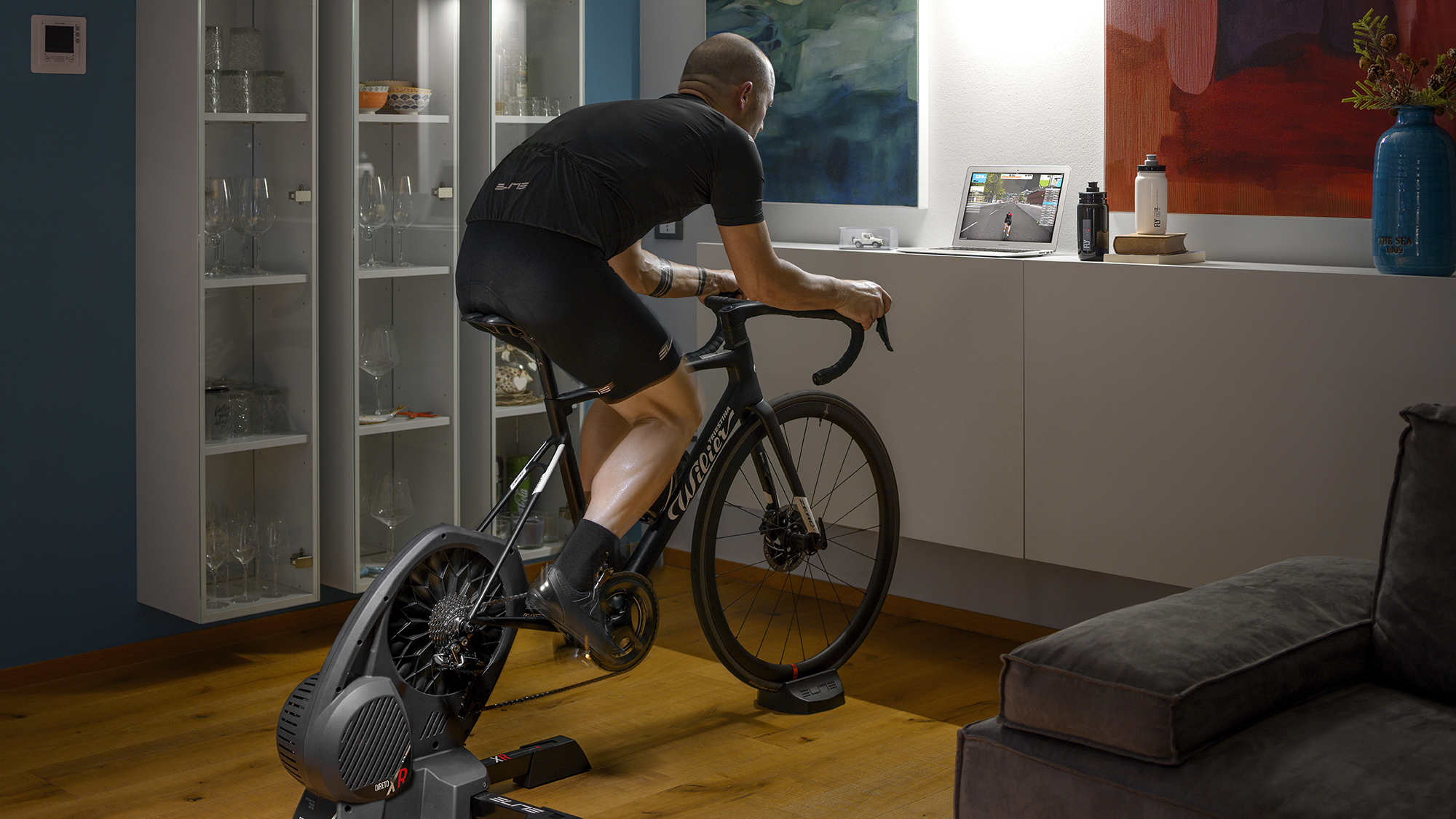
What is a turbo trainer?
At the most basic level a turbo trainer is a system that locks the rear of your bike into a stand and allows you to ride inside. In the past that meant you left the wheel of your bike on and your tyre pressed against a roller. There were options for different types of resistance units, but the best units strived to emulate the feel of road riding. If you wanted more resistance, you used the gearing on your bike. Many of the units that exist today have now integrated electronic control schemes.
More recently the wheel-on trainer, smart or not, has started to either leave the market or move to the lower-priced tier. Replacing wheel-on trainers are wheel-off (or direct-drive) smart trainers. Direct-drive trainers work exactly the way the name sounds. You remove your rear wheel and the cassette now resides on the trainer.
Without the inefficiencies that are inherent to the roller/tyre interface, direct-drive trainers are much more accurate. They still require your bike but they have accurate power measurement and super realistic road feel with the ability to simulate riding up hills. Because you no longer have to worry about the wheel slipping against the roller, the trainer can now set exact power using ERG mode. You can hit interval targets precisely and you only have to worry about turning the pedals.
Get The Leadout Newsletter
The latest race content, interviews, features, reviews and expert buying guides, direct to your inbox!
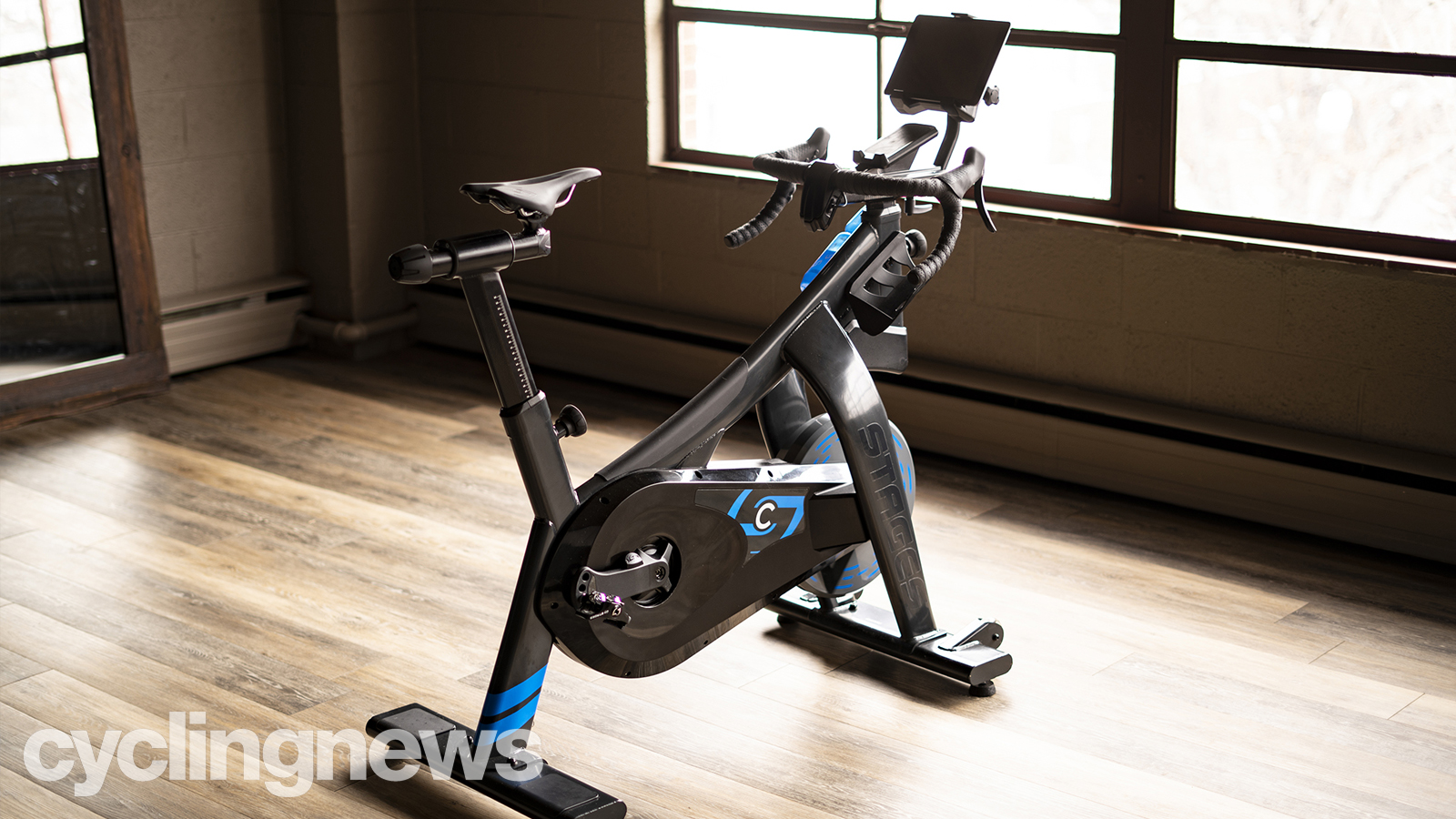
What is a smart bike?
A smart bike is an entire bike designed for riding inside. Most people probably have an understanding of these bikes from gym bikes and Spin bikes, but these are different. There's no simple friction brake, instead, a smart bike is a meticulous recreation of the experience of riding outside.
Different companies have different takes on what that means. The offering from Tacx integrates road surface simulation while the Wahoo Kickr Bike provides incline and decline. They use drop bars and mimic the fit of an outside bike, while resistance comes via powerful electromagnet systems that are quick to respond and realistic in feel. There's also integrated power meters that make sure the power you put through the pedals gets accurately reflected onscreen. Whatever path they take, the end result is a focus on accuracy, stability, and the type of riding you are doing outside.
Think of smart bikes as a natural evolution of turbo trainers. First wheel-on trainers were cutting edge, then smart resistance got added to the mix. Once manufacturers started trying to add resistance to the interface, tyre slip became a much bigger issue. To solve the problem, it made sense to take more control by building more of the bike into the trainer. Smart bikes are the final step where manufacturers have created an entirely holistic experience of riding an outdoor bike inside.
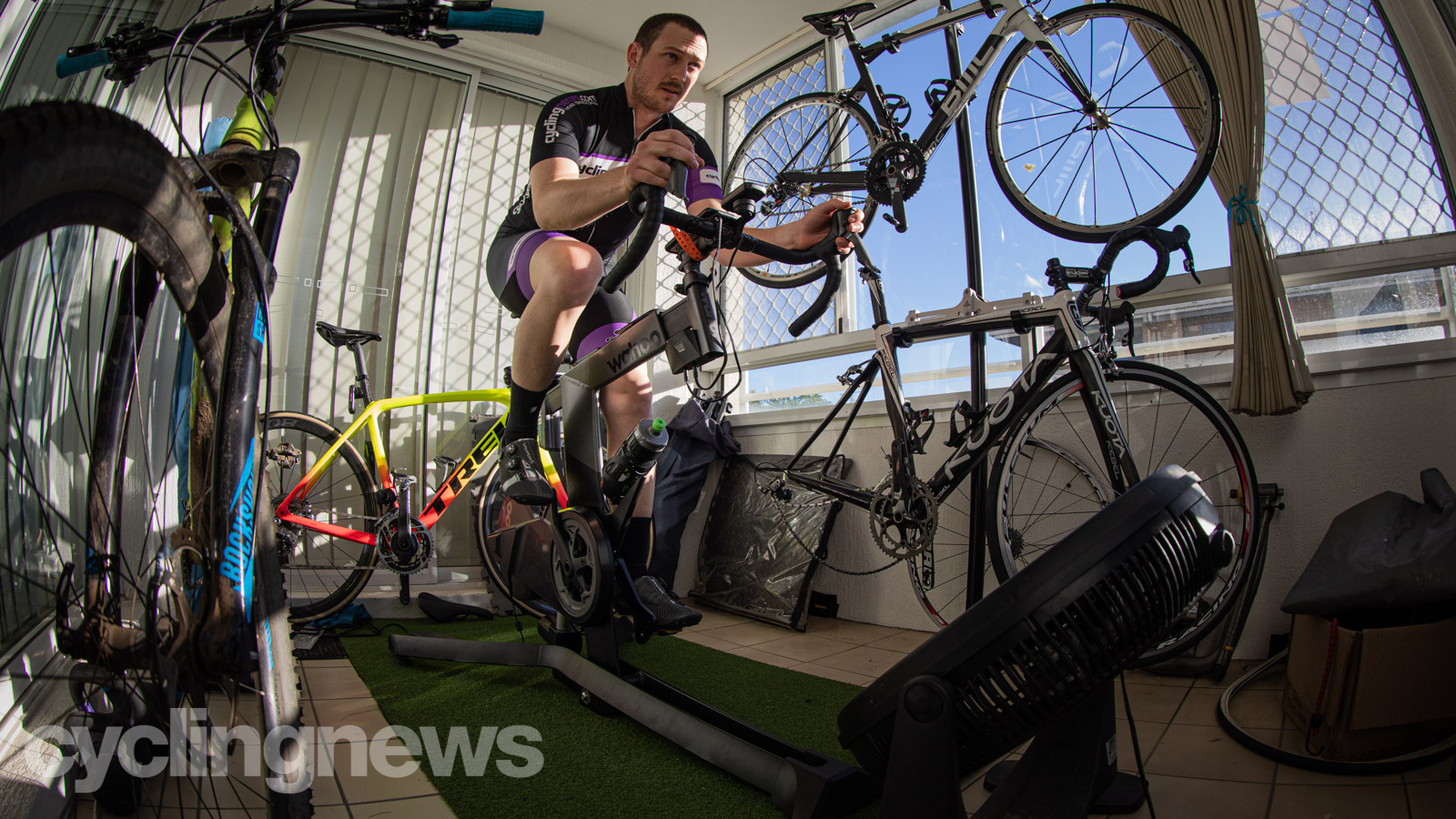
The case for smart bikes
There is no more immersive and cohesive experience for riding indoors than that of a smart bike. Bikes are for riding outdoors and making them useable inside, without moving, is an adaptation. There's always going to be some compromise. A smart bike is different. The design of a smart bike starts with riding indoors. There is no compromise needed because it's doing exactly what it's designed for.
One of the compromises that tends to come along with adopting an outdoor bike is instability. The better turbo trainers use a variety of strategies to minimise any rocking but it's often an issue. When you stand to sprint and seriously put the power down the slight rocking can be a real annoyance. Smart bikes don't have the same problems. They are heavy and they've got a huge base. They won't move even a little.
That weight means you aren't likely to move a smart bike for a shared space with a spouse. That might sound like a negative but without the constraints of traditional bike design smart bikes make it easy to change the fit. The Stages SB20 has a design that lets you completely change every part of the sizing within a few seconds. Put a mark where each user needs every part of the bike and you can have it ready for the next user in the time it takes to put on your shoes.
Aside from all the convenience and immersion the best reason to choose a smart bike is durability. The bike you put on a turbo trainer will get destroyed over time. You produce a lot of sweat indoors, which is acidic, and will eat way at all the parts of the bike you ride indoors with. To solve that challenge a lot of people have a dedicated indoor trainer bike. If that's the plan anyway, then why not get something designed for the use?
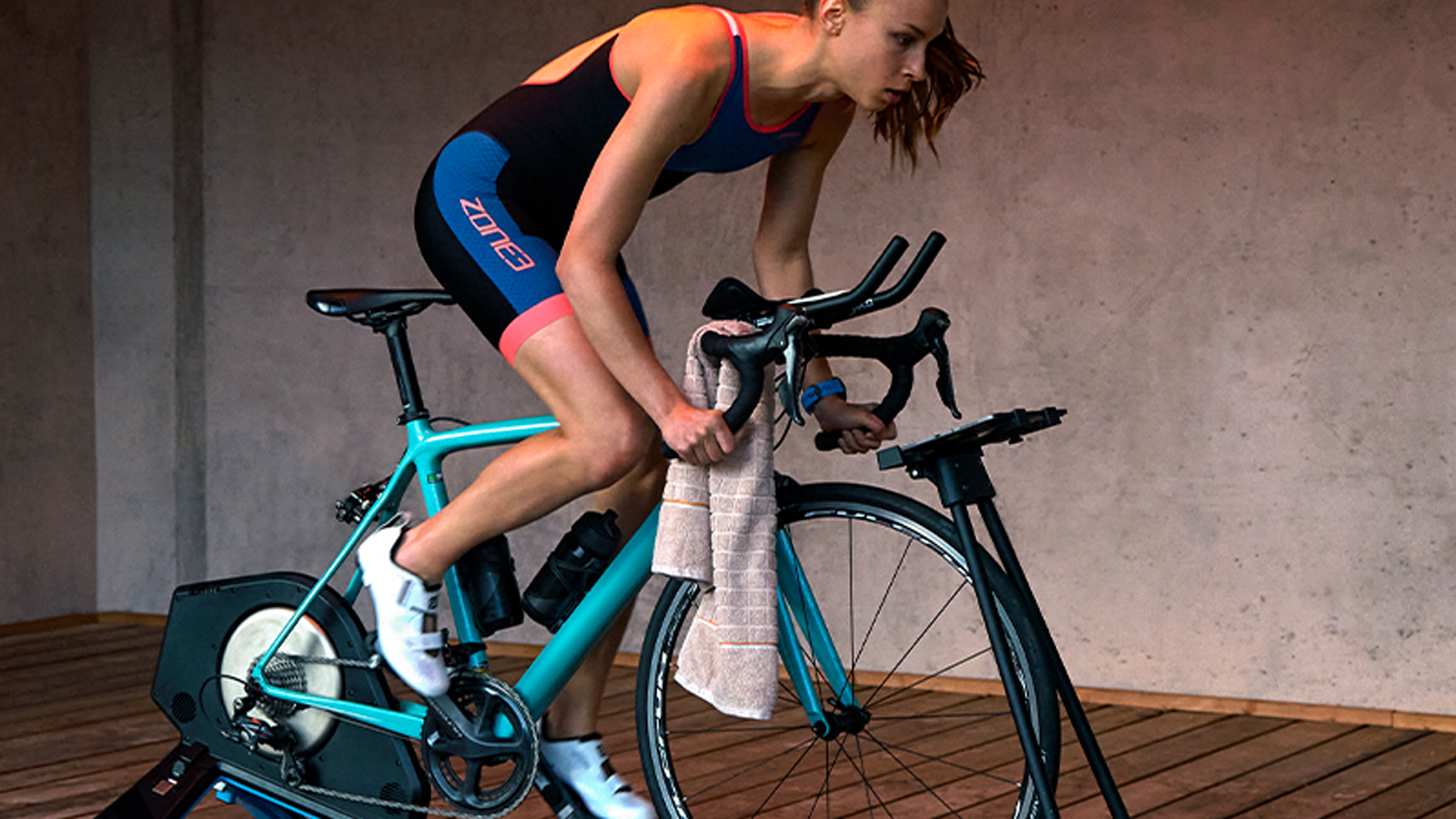
The case for turbo trainers
Turbo trainers make their case in a different way from smart bikes. The argument for smart bikes is all about the right tool for the job. If you are wanting an indoor bike anyway, it is still very possible to get the best bike for indoor cycling. Specialising in one way though, means compromises for other uses. Not being able to ride outdoors at all is a pretty big compromise, as is pricing.
You already own a bike and presumably like it. Why not use that bike in multiple ways? If you commit to the size, weight, and price of a smart bike then you've invested a lot of money in something that can only do one thing. It might do it well but it means more stuff. More stuff, more space needed, and more expense to go along with it.
Smart bikes take up a lot of space. If you live in a small place a turbo trainer is the best choice to make. Many of them fold up for easy storage. If you use the same bike you ride outside the whole setup could be flexible enough that you set it up for an indoor ride one day and break it down for an outdoor ride the next.
Turbo trainers of all kinds, even direct-drive smart trainers, are a well-established technology at this point. If you aren't a first adopter type of person that might be another good reason to choose a turbo trainer. They've been around for multiple generations and the kinks have come and gone. The software platforms know how to use them in the best way and even as standards change, the basic turbo trainer isn't going anywhere. Smart bikes haven't established themselves in the same way, and things might change in the future.
Josh hails from the Pacific Northwest of the United States but would prefer riding through the desert than the rain. He will happily talk for hours about the minutiae of cycling tech but also has an understanding that most people just want things to work. He is a road cyclist at heart and doesn't care much if those roads are paved, dirt, or digital. Although he rarely races, if you ask him to ride from sunrise to sunset the answer will be yes. Height: 5'9" Weight: 140 lb. Rides: Salsa Warbird, Cannondale CAAD9, Enve Melee, Look 795 Blade RS, Priority Continuum Onyx
